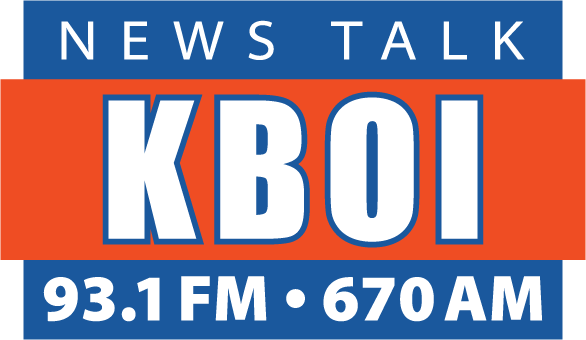Fifty years ago this weekend, John F. Kennedy was assassinated in Dallas, Texas. San Diego State University existed in 1963 as San Diego State College and had been a California state institution for about forty years. However, until 1963, San Diego State had never awarded a doctorate.
The school had both the faculty and the labs to support doctoral research, but at that time California state law prohibited the college from awarding doctoral degrees unless they had an established research institution as a partner. San Diego State did not have one, because none of the schools in the University of California system wanted them as a partner.
Then one morning in the spring of 1963, Professor Henry Janssen turned on the radio and heard a news report that President Kennedy would soon be visiting the Marine Corps Recruit Depot in San Diego. And that gave him an idea. To turn the heads of San Diego State's prospective research partners, why not award an honorary doctorate to the president of the United States?
Professor Janssen talked it over with his office mate in the political science department, Professor Ned Joy, and they decided it was worth a try. The president of the college, Malcolm Love, thought so, too. So he called California governor Pat Brown, the father of current California governor Jerry Brown. Pat Brown also thought it was a good idea.
It was the end of March, and a few days later, Governor Brown flew to Washington, DC and obtained a ticket to the Opening Day baseball game between the Washington Senators and Baltimore Orioles. Brown knew that Kennedy would be throwing out the first ball, and he knew that as governor of California, he would have a pretty good chance of getting a few minutes to speak to the president. And he was right. He invited Kennedy to speak at commencement in June, and to receive an honorary doctorate. Kennedy seemed to like the idea, and six weeks later, Malcolm Love received a letter on White House stationery confirming that the U.S. president would indeed attend the event.
With just three weeks to prepare for the visit, federal security agents surveyed the campus and the surrounding area. Graduation ceremonies were scheduled for San Diego State's outdoor football stadium, the Aztec Bowl, which held twenty-thousand people. The college made plans to add an additional ten-thousand seats at ground level to accommodate the expected crowd. Every graduating senior received five tickets to commencement, and the assumption was that this year, every ticket would be used.
The dean of the School of Arts and Letters designed a scholar's robe and hood for an honorary doctor of law. The university symphonic band rehearsed feverishly to perform "Hail to the Chief", preceded by the customary drum ruffles and bugle flourishes. The city of San Diego prepared to welcome not only the head of state, but the hundreds of print, television and radio reporters who would arrive to cover his visit. City officials mapped out a parade route from Lindbergh Field to the stadium, and Marines practiced their methods of crowd control.
The morning of June 6th, 1963, the 19th anniversary of D-Day, was warm and overcast. Kennedy arrived at noon. Diane Dawson was the student body treasurer that year and had a good seat. She said the students were told not to bring cameras. She also said that almost every student brought one anyway.
She and others say their most vivid memory of that day was President Kennedy's style. She said the president was gracious and treated everyone as personal friends. He seemed humble, as if the college had done him a big favor by inviting him to speak.
And Kennedy spoke with purpose. The press had been told he would give a major policy speech. He appealed for national support of equal access to higher education. He said, "In some states, almost forty percent of the non-white population has completed fewer than five years of school. What kind of judgment, what kind of response can we expect of a citizen who has been to school fewer than five years?" He ended his remarks with a call to action. "We are the privileged," he said, "and it should be the ambition of every citizen to express and expand that privilege, so that all of our countrymen and women share it." Six months later, he was gone.
There is a happy ending of sorts for San Diego State. Shortly after the speech, the college found a research partner in the University of California San Diego. And four years after awarding its first honorary doctorate, San Diego State awarded its first non-ceremonial doctorate to Robert Metzger, who then spent years at the school teaching chemistry. Today, San Diego State College is San Diego State University. The school awards doctoral degrees in 21 different subjects, and the student population is extremely diverse.
President Kennedy probably would have been pleased.








